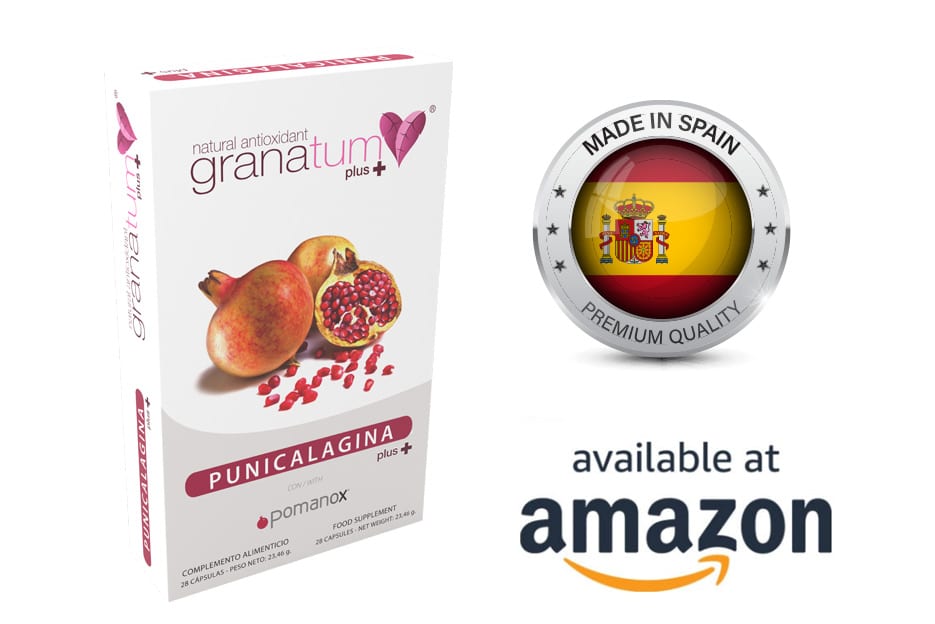
RESEARCH TITLE: Lipid composition of seed oils of different pomegranate (Punica granatum L.) cultivars from Spain
COUNTRIES: Spain
CONDUCTED BY: Instituto Politécnico de Braganca
PUBLISHED ON: International Journal of Food Studies
RESEACH:
Pomegranate (Punica granatum L.) is an ancient fruit tree traditionally cultivated in the Near and Middle East. Presently, its most important growing regions include Afghanistan, Iran, Israel, USA, Italy and Spain, the latter country the largest European exporter. The pomegranate fruit can be divided into several anatomical compartments: outside peel, inside peel, and arils (pulp and seeds), the last part being usually used for consumption as is or for juice, jams and jellies production. Even though pomegranate seeds are an industrial by-product, recent reports have highlighted their potential use as a source of oil with beneficial chemical attributes. Therefore, the main objective of the present work was to characterize the seed oil of nine European pomegranate varieties, collected in Spain, for their fatty acid and vitamin E compositions. All seed lipid fractions consisted mainly of punicic acid (c9,t11,c13 C-18:3), ranging between 77.3% and 83.6% of total fatty acids, followed by small amounts of linoleic acid (C18:2n6), oleic acid (C18:1n9) and palmitic acid (C16:0). Regarding vitamin E composition,a-, g-, d -tocopherols were found in all pomegranate seed oils, but mainly g-tocopherol, with total tocopherols ranging from 174.5 to 627.3 mg/100g oil. The richness of these pomegranate varieties seed oils in punicic acid, a conjugated linolenic acid with interesting anti-carcinogenic activity, and the elevated amount of tocopherols on the extracted lipids, of technological and nutritional relevance, make this by-product interesting for further exploitation.
YEAR: 2015
